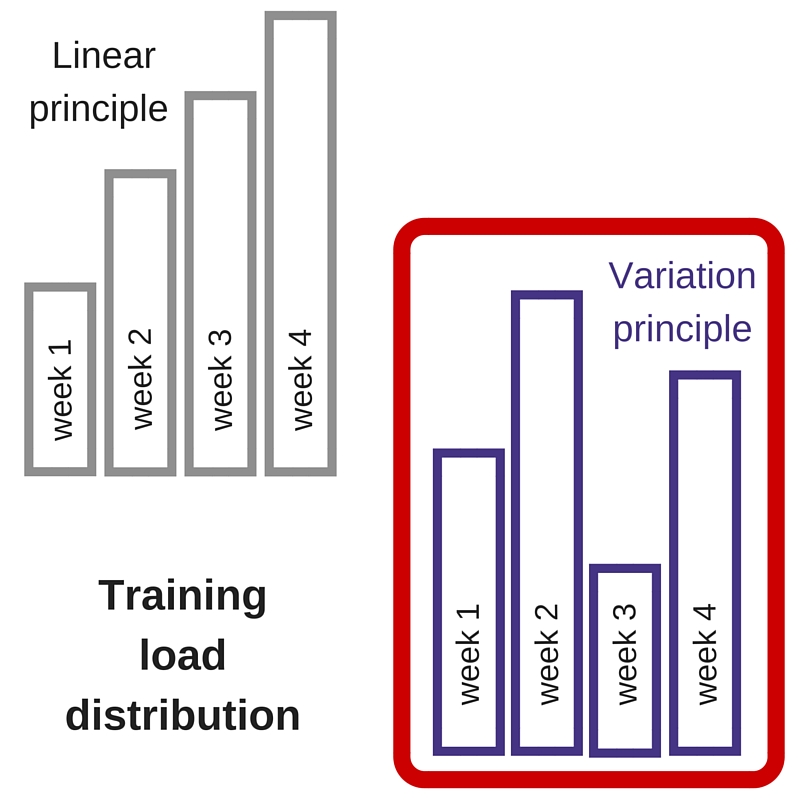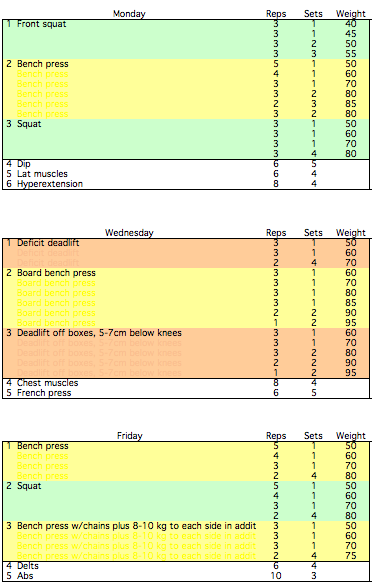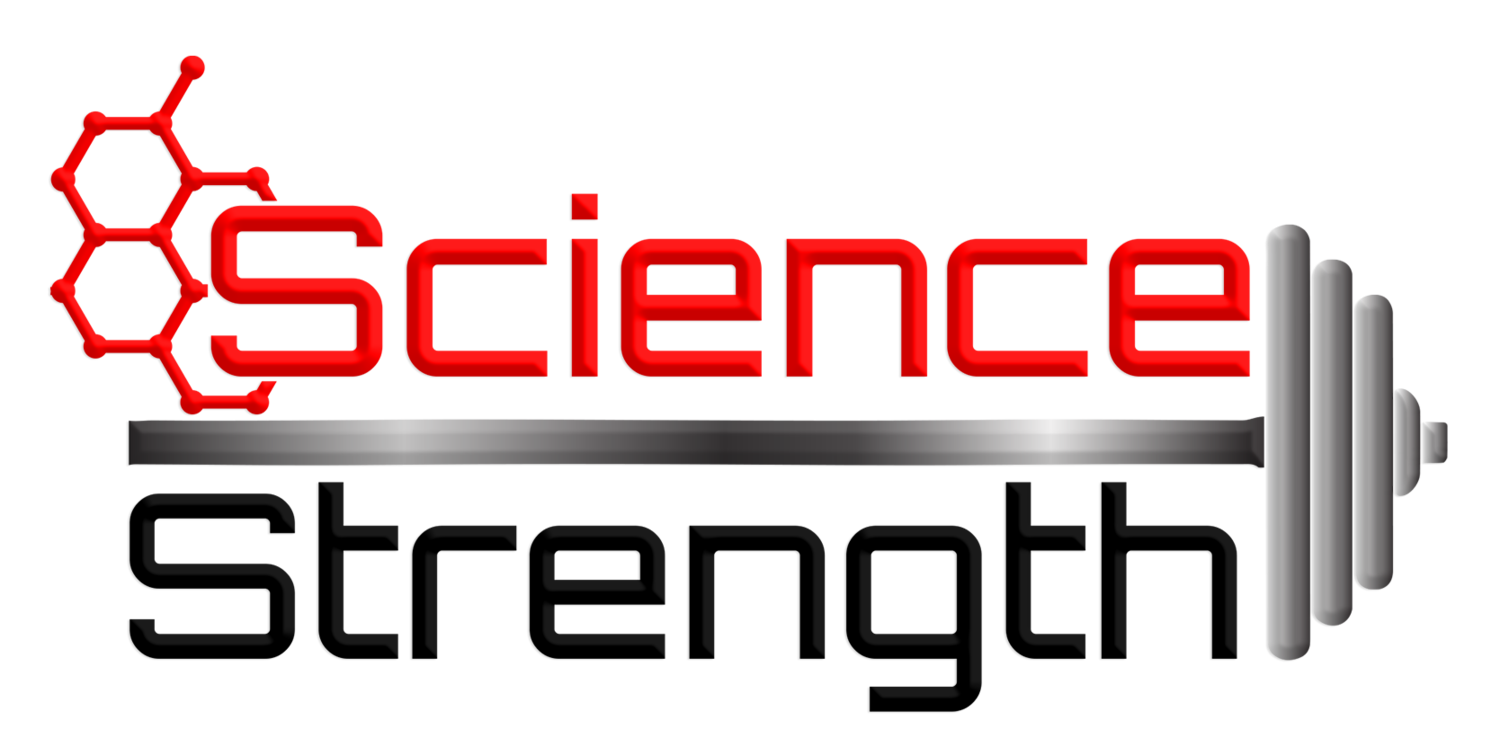Why are Boris Sheiko's athletes so successful? What outstanding training strategies does one of world's best coaches use?
Let's dig deep and get the answer to these questions.
1. Program format - healthy athletes are happy athletes
One key point of Boris Sheiko's training programs is to vary training load every week (image below). His ideas is to create a solid foundation an athlete can maintain, even if one or two training sessions have to be skipped, for example due to illness. The variation principle aims to prevent overtraining and limit the risk of injury that can easier occur following a program that increases the load in a linear manner.

This is only an example how the training load can vary over time. Many different combinations of load distributions (small, medium and large load) are possible.
2. Training structure - save reps, double sets and lifts
Compared to Boris Sheiko's programs, the popular 5 x 5 scheme looks like cardio. On most training days the number of repetitions for the main lifts is kept fairly low, even for sets below the targeted working weight. The low rep number allows the lifter to focus on each singe rep and do it with a perfect form. This strategy clearly counteracts the "Screw the form, I just want to be done"- effect that often kicks in after 2-3 reps with a heavy weight. The high set number makes up for the "lost reps".
A unique characteristic of Sheiko programs are the double lift session. Boris Sheiko is the first coach who came up with this idea. Here is how it works: in the same training session, one of the main lifts is trained twice. However, different variations of the competition lift are used. For example, the training session starts with deficit deadlifts, followed by bench press and then the lifter goes back to another deadlift variation (e.g. rack pulls). The bench press block between two deadlift variations gives time to recover and improves the efficiency of the second deadlift session. This example shows how Boris Sheiko's training sessions are structured:

This is a training section from Boris Sheiko's 4 day program.
Another interesting characteristic of Sheiko's programs is the high amount of 'half movements'. For example, deadlifts up to the knees. The idea behind it is to split the lift into two parts. Performing only one half of the movement allows the lifter focusing on this particular part to practice a difficult technique sequences until perfection.
3. Exercise choice - focus on muscle you need the most
Boris Sheiko's recommendations on most important assistance exercises may surprise some of us: hyperextensions, exercises for abdominal muscle and box jumps.
Indeed, his programs have an exceptionally high number of lower back exercises, such as hyperextensions and good mornings. In contrast, other popular back exercises, such as lat pulldown or row, are rare or even not nonexistent in his programs. Give it deep thought. It really makes sense. A strong lower back is much more important for a powerlifter than big lats. Big lats aren't too bad for benching, but a strong lower back is crucial for squat AND deadlift. These are the exercises you pull the most weight with in a competition (except you are Jennifer Thompson).
Now answer the question: How many times a week do you train your lower back? I am totally with you, hyperextensions are as boring as hell and good morning is the weird exercise, especially when done seated. However, both exercises are crucial for powerlifters.
Let's move on. Training abs to increase core stability makes sense. But why the hell box jumps? - Well, box jumps are a good exercise to develop power in the preparatory period. Power development is beneficial for strength, despite the fact that powerlifting is not about power, but strength. Strength and power are not the same. Explosive power - you see in Olympic weightlifting - has no place in powerlifting.
I know, some of you are confused now. The opinion that a lift, especially deadlift, has to be explosive is widespread. Don't worry, I will discuss the 'explosiveness controversy' in the third part of the Sheiko blog post series ;)
Hey you, hardcore powerlifter, I have a special bonus for you:
Powerlifting competition preparation - 5 things Boris Sheiko recommends

Click here to get Boris Sheiko's competition tips into your inbox!
